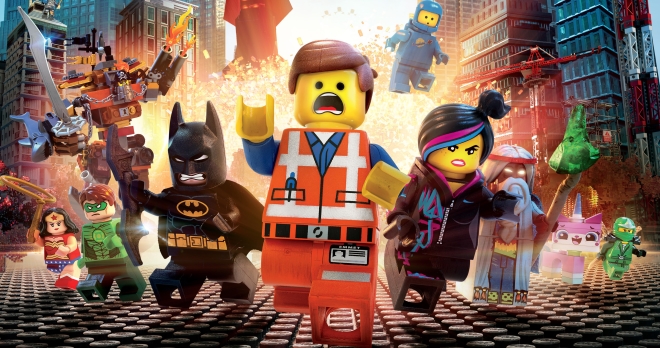On the way to the (final!) Games+Learning+Society conference last week, my friend and co-presenter Tony and I were talking about hard games, and failure. We focused on how games were organized during the arcade era, around the lives bought with a quarter and how this helped shape not only games, but players. The game over screen was a stark reminder of just what a quarter could buy, and a player’s worth was measured in how far they could go without seeing it. But what if those quarters had been exchanged for time instead, I asked — what if you’d bought time instead of lives? A quarter for ten minutes, twenty. How would that have shaped games?
We thought about this for a moment, both probably considering just how many more quarters we’d have had to lug around, and then Tony said, “We’d have learned to play faster. We would have a whole different take on speedrunning.” Tony’s right, I think; we would have learned to move and dodge in different ways; we’d have privileged the exploits and glitches that allowed us to skip whole sections of games, to move further and faster… and we maybe wouldn’t have cared as much about dying as we did about exploring to find those secret ways. Those accidents of code, and those other bugs that became features.
Patricia Hernandez, in a reprint for Kotaku, summarizes a speedrunner’s thoughts on play: “speedrunners don’t really think about games in the same way the average person does.” What we think of as “game” drops away and the whole framework becomes a different form of engagement, an “optimization problem.” The rules of the game may still persist — for instance, Koziel, in the example given, says “falling in a pit will [still] kill you” even if you’re looking for that one trick that will allow you to complete a massive game in under four minutes. If you’re not using outside tools, you’re still working within the frame you’re given, and if those early games had been set up a little differently within the machines, we might have all played that way.
But you don’t have to be a speedrunner to think in those terms. Many players, when revisiting Super Mario Bros., take advantage of the warp pipes that allow long (and more difficult–certainly sometimes more annoying!) portions of the game to be skipped. When I was a kid, those pipes were a thrill, a secret that made me feel like I was in on something. Now, so many years later, I find that as charming (and well designed) as SMB is, I feel about that game and many platformers as I do about many shooters: I’ve jumped from platform to platform a lot. I’ve been to a lot of castles without princesses. I’m okay with shortcuts. Others aren’t; they want to experience every moment. Perhaps they are obsessed with getting all the coins and power-ups. For them, the game may be a different kind of observation problem. Certainly it’s a different path through the game, while operating within the system. This is perhaps what the history of 1-2-3 lives for a quarter has given us: playing the “right” way, privileging success and efficiency. Avoidance. This isn’t a bad thing; this is primarily how games have been designed for play, or least, most linear games (once the world opens up, and the paths to victory change, so does everything else).
 But regardless of my little thought experiment adventure into the land of what-if, we have both speedrunners and completionists and a wealth of players in between. One of the wonders of games is that regardless of what we play, or how games developed after that quarter-based life system, we can find our own ways to exist within the code. We tunnel in, designing the world around us despite the design that’s already been fixed. Sometimes this leads us to wholly different experiences; sometimes it leads to arguments and house rules (no one was ever allowed to play Oddjob in Goldeneye, ever). Because code is never perfect, because games have bugs, glitches, soft points that can be exploited, discoveries that weren’t worth fixing or that playtesters just never found because they weren’t as determined to skip the thing as the player who hates the thing, we have even more flexibility within that space. Games, once we pick them up, become ours. They mold to us as we mold to them.
But regardless of my little thought experiment adventure into the land of what-if, we have both speedrunners and completionists and a wealth of players in between. One of the wonders of games is that regardless of what we play, or how games developed after that quarter-based life system, we can find our own ways to exist within the code. We tunnel in, designing the world around us despite the design that’s already been fixed. Sometimes this leads us to wholly different experiences; sometimes it leads to arguments and house rules (no one was ever allowed to play Oddjob in Goldeneye, ever). Because code is never perfect, because games have bugs, glitches, soft points that can be exploited, discoveries that weren’t worth fixing or that playtesters just never found because they weren’t as determined to skip the thing as the player who hates the thing, we have even more flexibility within that space. Games, once we pick them up, become ours. They mold to us as we mold to them.
This piece was written for Critical Distance’s August Blogs of the Round Table, on the theme “Bugs.”




